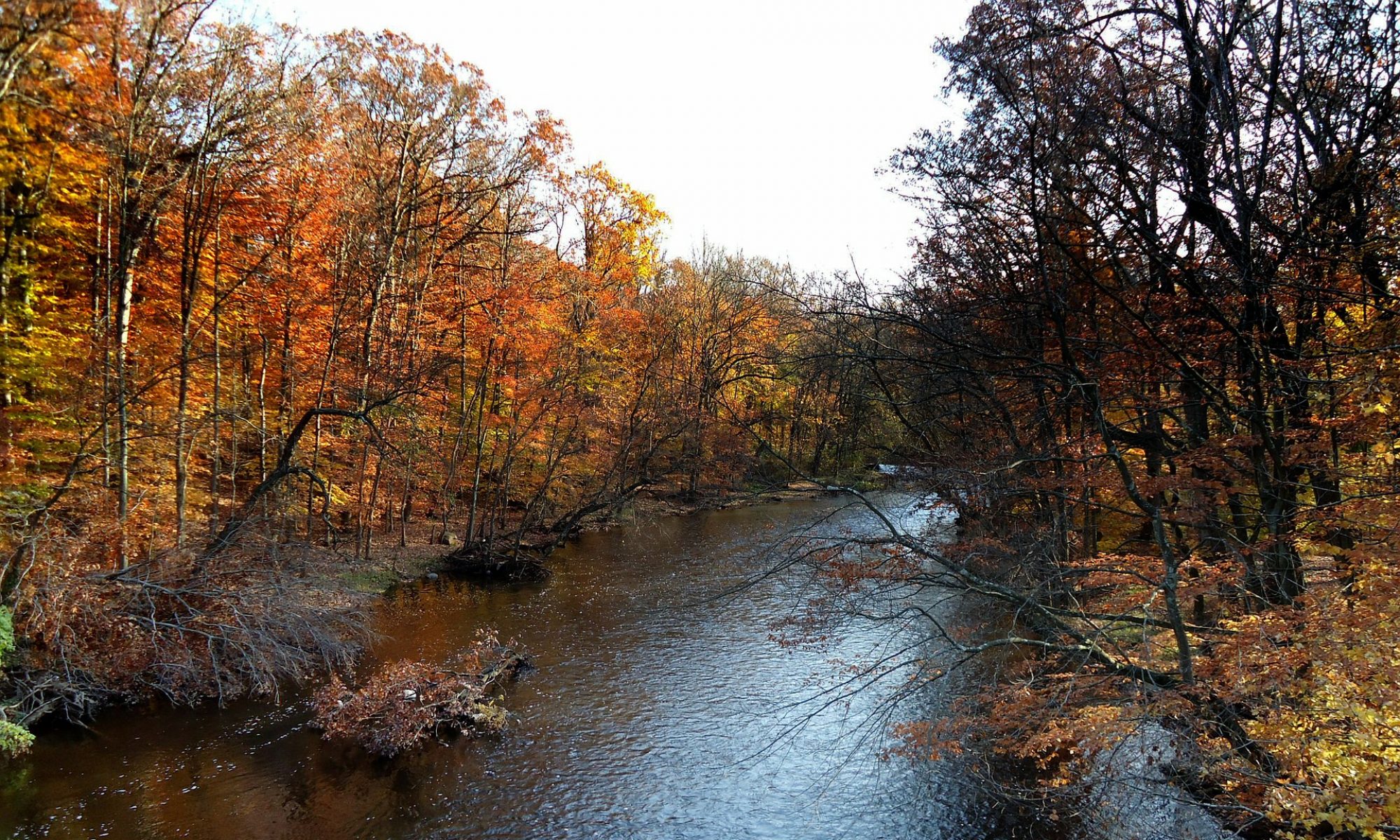What is a Green Economy?
One definition of a green economy, as defined by the United Nations Environmental Programme (UNEP), is an economy “that improves human well-being and social equity, while reducing environmental risks and ecological scarcities.” Another, by the Green Economy Coalition, is “a resilient economy that provides a better quality of life for all within the ecological limits of the planet.” There are many definitions and no standard one (United Nations Department of Economics and Social Affairs, n.d.).
A green economy is not a new concept. Globally, it has been around since 1989 when the term was first used in a report written by a group of environmental economists, entitled “Blueprint for a Green Economy” (United Nations Department of Economic and Social Affairs, n.d.).
It has been developed since then, particularly by UNEP, and received special attention both at the U.N. Climate Change Conference in Copenhagen, as a response by a number of governments to the financial crisis in 2008, and at the U.N. Conference on Sustainable Development Rio+20 in 2012.
It has been seen, among other things, as a “green stimulus” and “an ambitious…response to the multiple crises facing humanity…” (United Nations Department of Economic and Social Affairs, n.d.). Other ways of seeing it are explored in “Appendix II,” but these seem to be the main ones: green jobs, a relatively untapped and potentially useful way to address environmental challenges, and as a major means to sustainability.
Green Jobs
The typical types of jobs referred to as “green jobs” are solar and wind jobs, jobs that involve improving building efficiency, and perhaps recycling. A somewhat broader way to look at green jobs are any that involve protecting the environment and natural resources. This could include many jobs such as urban farmers, green building developers, and green design professionals. Appendix II offers a much more expanded view of the potential range and character of green jobs than perhaps any seen to date.
Green Growth
Yet another related term is green growth. There are several ways to look at this, as well. It can be contrasted with conventional economic growth, which in sustainability circles is sometimes criticized for, among other things, generating and not adequately caring about the immense externalities (i.e. pollution and inequities) it generates, and, fundamentally, is ultimately limited on a finite planet. This remains a point of contention, hence one of the benefits of green growth is its emphasis on what can still grow, such as the above-mentioned green jobs. Part of the sustainability field also emphasizes the term, “development,” although this also is not without controversy. This would emphasize the types of jobs (again) and lifestyle activities that are minimally polluting, such as the arts and community activities. A third theme, such as the one implicitly emphasized in this Paper, could be considered “decoupling,” or creative ways to continue to grow while severely stripping out the historically former-seen-as-inherent polluting property.
The summary of the “Developing and Implementing a Sustainable Growth Strategy for New Jersey” White Paper in Appendix I wrestles more with the “growth issue” and suggests a number of other ways to look at it.
The Relationship Between The Green Economy and Green Jobs
Given that these terms do not have universally accepted meanings, their relationship can be seen in different ways, too. This Paper offers the view of the former as containing more (and potentially much more) expanded versions of the latter than are customary (i.e. way beyond solar and wind), the direct and indirect policies to facilitate them, and some actions outside of both the government and business sectors.

